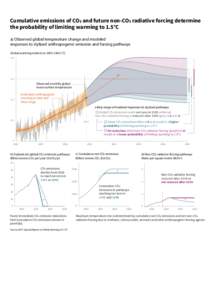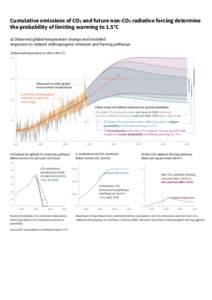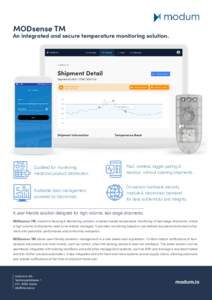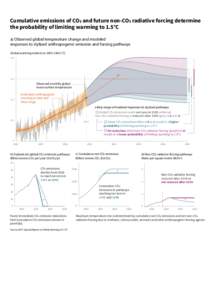<--- Back to Details
| First Page | Document Content | |
|---|---|---|
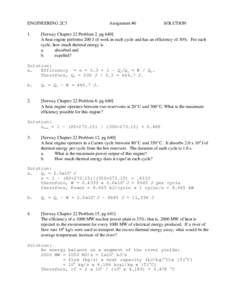 Date: 2015-01-10 23:32:08Chemistry Energy conversion Heating ventilating and air conditioning Thermodynamic cycles Heat engine Carnot cycle Energy Temperature Physics Thermodynamics State functions |
Add to Reading List |
 ENGINEERING 2C3 1. Assignment #6 SOLUTION
ENGINEERING 2C3 1. Assignment #6 SOLUTION